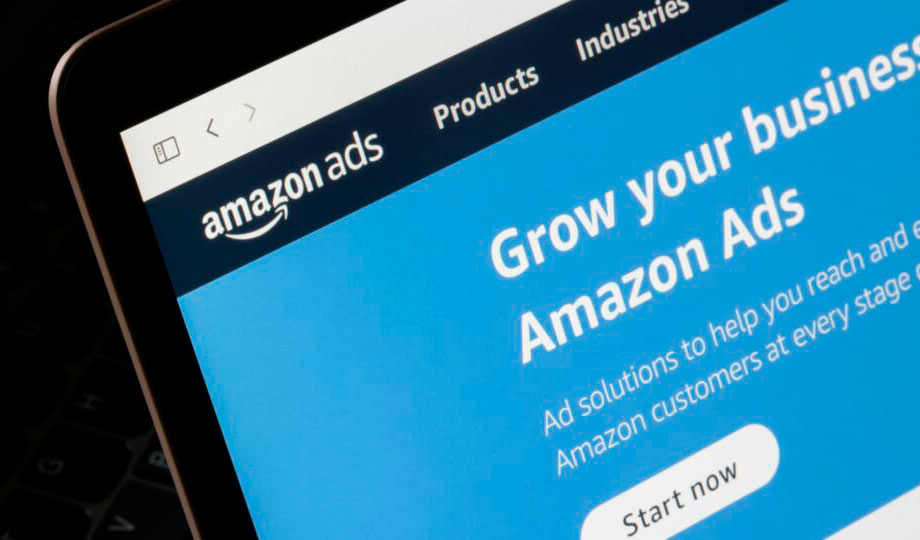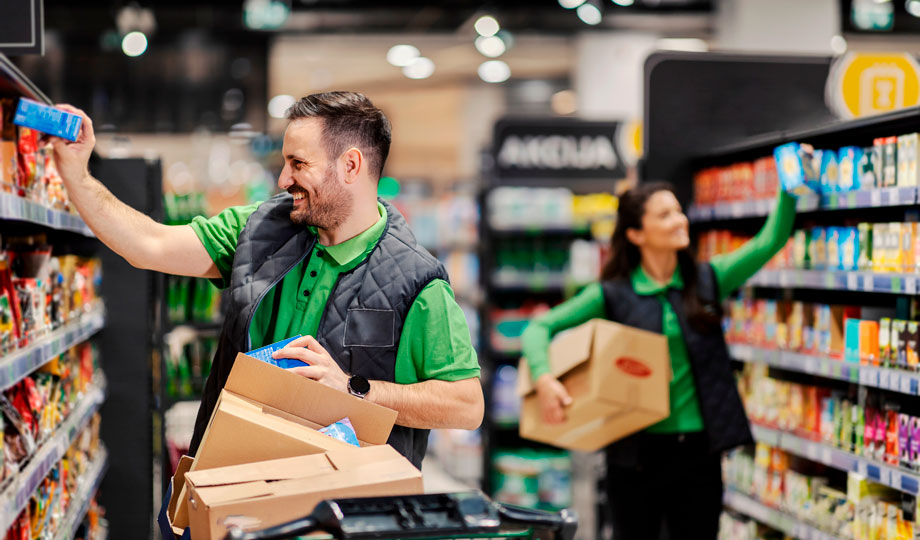Source: risnews.com
“The pandemic was the final nail in the coffin for brick-and-mortar shopping.”
While the above statement has been the prevailing narrative, the reports of traditional retail’s death are greatly exaggerated. In fact, the number of people who shopped in stores over the five-day period from Black Friday through Cyber Monday increased to 104.9 million in 2021 from 92.3 million in 2020, according to the National Retail Federation.
The evolution of consumer habits is not a simple story. Consumers are simultaneously shopping in stores and online. Despite how they shop, one trend is clear — consumers now demand a consistently great retail experience across all channels, no matter where they shop.
Here are three ways retailers can meet the ever-increasing expectations of modern, tech-savvy consumers and stay a step ahead of their competition in 2022 and beyond.
Improve Inventory Visibility
Given supply chain disruptions brought on by the pandemic, inventory visibility is now more important than ever to keep up with consumer demand and provide exceptional customer service. The integrated supply chain of what’s in stores and what’s online is here now and retailers must adapt to this new reality.
The problem is that most retail supply chains are tracked and governed through multiple, often disconnected data systems managed by different teams, making it harder than ever to keep goods moving to store shelves and onward to consumers. Implementing a seamless inventory system with visibility across the end-to-end supply chain helps alleviate the problem by improving fill rates by 10% and reducing excess inventory by more than 30%, according to McKinsey.
Retailers are leveraging RFID technologies to solve this problem and have taken inventory visibility and accuracy to new levels. Seamlessly integrated item-level RFID technologies help ensure the right product is in the right place at the right time, minimizing out-of-stock items and boosting the customer experience.
Empower Employees With Technology
Consumers have mastered digital shopping and regularly create new ways to get what they want. Years ago, shoppers started “showrooming” products, visiting stores to see the products in person but purchasing them online. Then they started “webrooming,” researching products online before buying them in a physical store.
This mix of digital and brick-and-mortar strategies favored by consumers requires store associates to always know what is available where and provide a positive in-store customer experience in any shopping scenario. To do that, retailers need to provide employees with new tools for understanding their customers’ omni-presence. This includes learning new skills for recommending products and staying one step ahead of consumer desires.
Master the Returns Process
Mastering the returns process is critical to retail success. Today, about 30% of all products ordered online are returned, compared with only 8.9% bought in brick-and-mortar stores, according to Invesp. The problem is that many retailers fall short when it comes to managing returns, which further exacerbates bottlenecks in their overall supply chain.
In fact, only 32% have any formal process for managing returns, according to a Peerless Research Group study. This is starting to change, as more and more retailers actively deploy software systems to better manage their returns. These technologies have proven effective in reducing transportation costs, enabling higher recovery of returned and excess inventory, cutting labor costs, improving brand control and allowing retailers to expand their forward sales.
The Road Ahead
With changes in all facets of retail —from supply chains to customer expectations — evolving at an unprecedented speed, the right technology is crucial to retail success. Now more than ever, retailers need to embrace new technologies to streamline the end-to-end consumer experience. These technologies will be essential for influencing tomorrow’s customer experiences and opening up powerful new possibilities.




